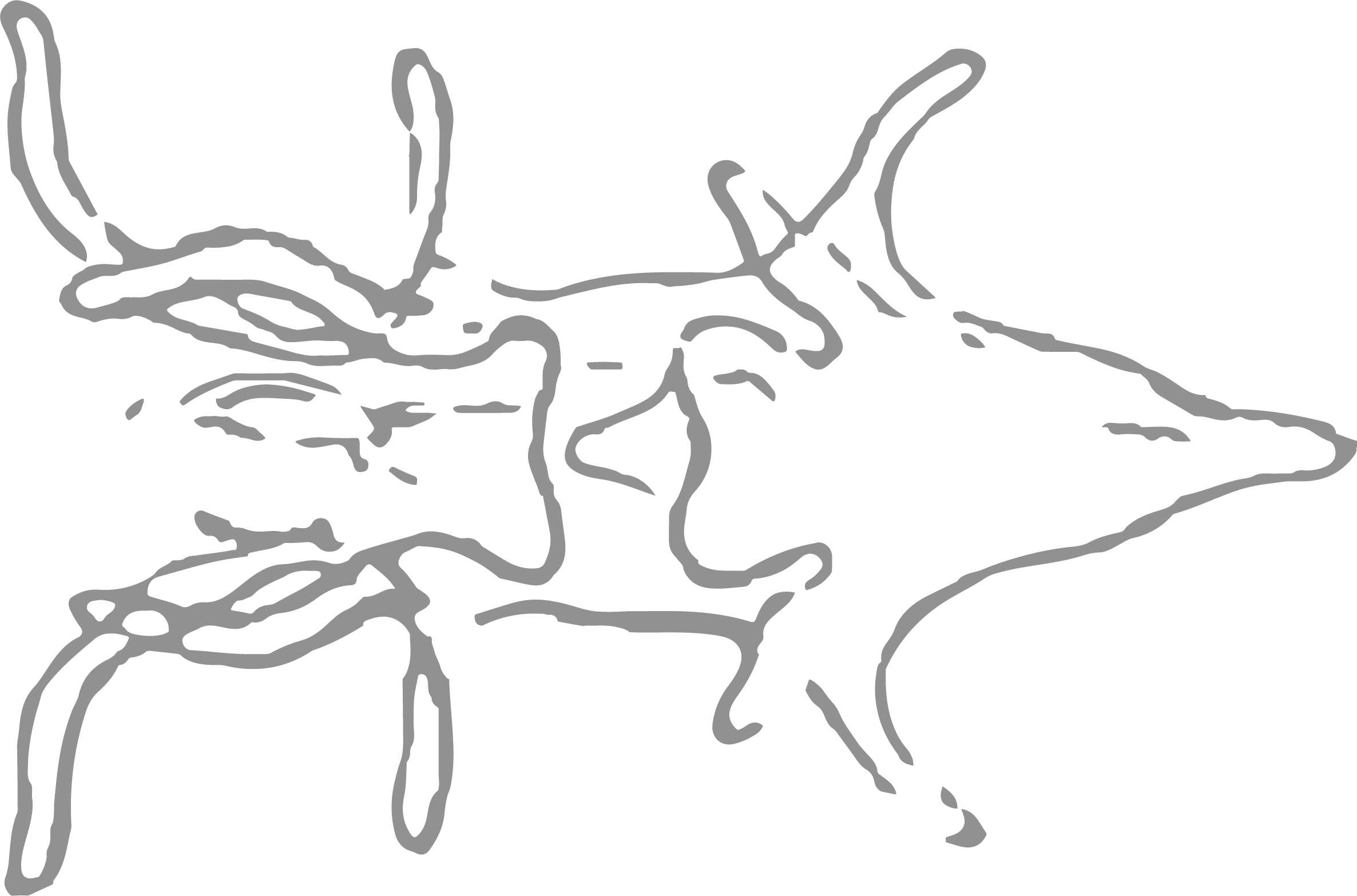A Fearless City
Reshaping gender related fear in public space through
empowerment and eyes on the street.




A Fearless City contributes to raising awareness of gender-related fear in public spaces and introduces various interventions, objects, and actions that strengthen the societal position of individuals in an urban environment—also known as empowerment. Additionally, bystanders are activated to take a proactive role in the city—also referred to as eyes on the street.
The Fearless City stems from the central question: 'How can collective and social design actions related to fear play a role in the development of alternative visions of public space?'
https://a-fearless-city.vercel.app/
RESCUER’S CHAIR AS EYES ON THE STREET
When people move through the city, it is often to go from point A to point B. Once night falls, there are few people who would willingly stay in the places where most women would be afraid. In small alleys, dark parks, or by the waterfront. What would happen if someone purposefully looked out for the safety of others in those places and assumed the role of a ‘rescuer’?
This rescuer’s chair mobilizes bystanders and symbolizes a sense of safety and visibility. Additionally, the chair can be adaptively installed on existing lampposts and women’s experiences can be heard through a megaphone,. Whoever sits in this chair becomes the eyes on the street. This design creates a safer environment because someone keeps watch for others, granting them a sense of security. Furthermore, the chair has an additional function: it disrupts the familiar perception of the city and serves as a symbol. It is a signal of the fearless city...
©SAHAR KHOSRAVI
WORKSHOP URBAN SAFE SPACE
Creative workshops aim to make experiences tangible, facilitate conversations and gradually create a deeper understanding of the issue. During the workshop, participants can visualize their perspective on the city by depicting pain points, frustrations, feelings of insecurity, or experiences in the city. Meanwhile, we discuss our fears and the moments when this fear arises. Through subjective mapping, participants can visualize their own experiences in their environment. Participation and personal experiences are central to this process and result in a series of subjective maps.
ONE OF MANY
This flag reflects individual experiences in public space and addresses a broader issue. The words one of many are written on the flag, the names of workshop participants underneath. By placing personal names on a flag, the people who experience fear are symbolically and publicly acknowledged. The flag represents a sense of solidarity and empowerment. This flag is a growing symbol representing individual values and collective awareness.
A NIGHTSHOP AS URBAN SAFE SPACE
As night falls, visibility in the city decreases. However, there are places in the city that have the potential to bring light to dark urban spaces. Can a night shop—and that neon-lit spot by the door— be a source of life and function as an urban safe space?
An intervention in a night shop explores its potential as urban safe space. During the night, a carpet is placed in the shop, bringing together local residents and passersby to engage in conversation about the issue. The carpet is made of white felt, contrasting with the bright colors of the products filling the shelves, and offering a visual release. The material conveys a sense of contraction, transparency, and vulnerability, linking to the feelings of insecurity some people experience. Bronze rings indicate the different night shops in the city. After each intervention the rings are left behind as a memento. This memento encourages the shop owner to apply the ideas and conversations in practice in the future.
©FENIA PROOST
A Fearless City combines the aesthetic nature and social function of design to highlight societal issues in the public sphere. It conveys signals towards a 'Fearless City.'
Special Thanks to Amal, David Geraerts, J.J.S. Supermarket, Jef Van Campenhout, Yeliz Akman
